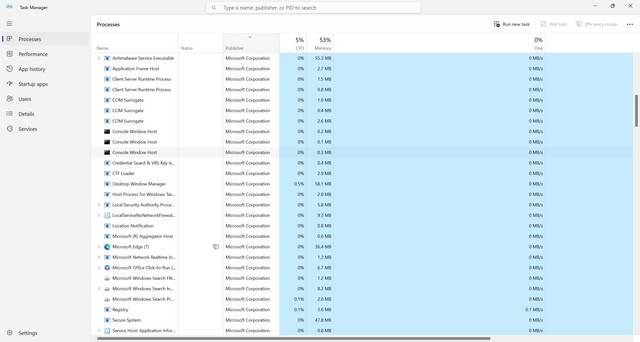Regedit.exe is a powerful and essential tool in the Windows operating system that allows users to view, modify, and manage the Windows Registry. The Windows Registry is a hierarchical database that stores configuration settings and options for the operating system, hardware, and installed software. While Regedit.exe is a legitimate system file, it is important to understand its purpose and potential risks before deciding whether to remove it.
What is Regedit.exe?
Regedit.exe, also known as the Registry Editor, is a built-in Windows utility that provides a graphical user interface (GUI) for accessing and editing the Windows Registry. It is located in the Windows directory and can be accessed by typing “regedit” in the Run dialog box or the search bar.
The Windows Registry is a crucial component of the operating system as it stores settings and configurations for various system components, including hardware, software, user preferences, and system preferences. The Registry is organized into keys, subkeys, and values, which are used to store and retrieve information.
Should I Remove Regedit.exe?
Regedit.exe is an essential system tool and should not be removed from your computer. It is a legitimate Windows component that is required for managing and troubleshooting the Windows Registry. Removing or deleting Regedit.exe can have serious consequences for the stability and functionality of your operating system.
However, it is important to note that Regedit.exe can be misused by malicious actors to modify the Registry and compromise the security of your system. Therefore, it is crucial to exercise caution when using Regedit.exe and only make changes if you are confident about what you are doing.
Using Regedit.exe Safely
When using Regedit.exe, it is important to follow best practices to ensure the safety and integrity of your system. Here are some tips to use Regedit.exe safely:
- Backup the Registry: Before making any changes to the Registry, it is recommended to create a backup. This allows you to restore the Registry to its previous state if something goes wrong.
- Be cautious with modifications: Only make changes to the Registry if you are familiar with the settings and their implications. Incorrect modifications can lead to system instability or even prevent your computer from booting.
- Scan for viruses and malware: Malicious software can exploit vulnerabilities in the Registry to gain unauthorized access or cause damage. Regularly scan your system with a reliable antivirus program, such as Malwarebytes Free, to detect and remove any threats.
- Verify the source of Registry files: When importing or exporting Registry files, ensure that they come from a trusted source. Malicious Registry files can contain harmful instructions that can compromise your system.
Common Uses of Regedit.exe
Regedit.exe is a versatile tool that can be used for various purposes. Here are some common uses of Regedit.exe:
- Modifying system settings: Regedit.exe allows users to modify various system settings, such as startup programs, user interface options, network configurations, and more.
- Removing unwanted software: Some software may not uninstall completely, leaving behind traces in the Registry. Regedit.exe can be used to manually remove these remnants and ensure a clean uninstallation.
- Fixing Registry errors: Over time, the Registry can accumulate errors and invalid entries, which can lead to system slowdowns and stability issues. Regedit.exe can be used to identify and fix these errors.
- Customizing Windows appearance: Regedit.exe enables users to customize the appearance of Windows by modifying settings related to themes, icons, fonts, and more.
Conclusion
Regedit.exe is a powerful tool that provides access to the Windows Registry, a crucial component of the operating system. While it is an essential system file, it can also be misused by malicious actors. Therefore, it is important to use Regedit.exe with caution and follow best practices to ensure the safety and integrity of your system.
Remember to always backup the Registry before making any changes, be cautious with modifications, regularly scan for viruses and malware using a reliable antivirus program like Malwarebytes Free, and verify the source of Registry files. By following these guidelines, you can safely use Regedit.exe to manage and troubleshoot your Windows system.











